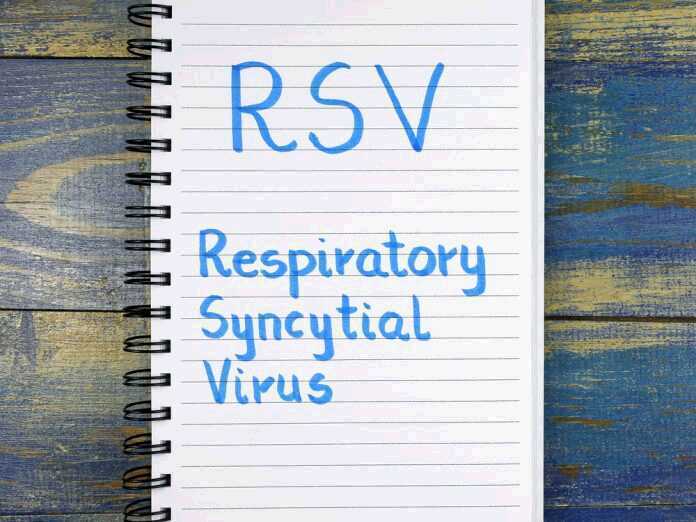
RSV stands for respiratory syncytial virus. This virus causes an infection that is similar to catching a cold. However, it can have more dangerous consequences.
How widespread is this virus? What are the main symptoms you should look out for? What are the top risk factors for RSV?
This article looks into the most important facts about this virus. Additionally, it covers some treatment options.
Symptoms of RSV
According to the CDC, over 57,000 US children are hospitalized due to RSV every year. Many more receive outpatient visits. This is one of the most common infections among infants and young children.
So how do you recognize the effects of this virus?
RSV infections come with a fever and a cough. You or your child may also experience congestion. In some cases, RSV can come with breathing difficulties.
Risk Factors for RSV
This condition largely affects children under the age of five. Adults over the age of 65 are at an increased risk too. Here are the main risk factors for RSV infections:
- Contact with Others
Children who attend daycare are likelier to contract RSV. Living in crowded conditions is a risk factor too.
- Premature Birth
Babies born prematurely are more vulnerable to this virus.
- Immune System Problems and Other Health Issues
Having a weakened immune system is a risk factor. Additionally, lung disease or heart problems can put you at increased risk.
Treatment Options
Severe cases of RSV infections can be deadly.
In many children, this virus only creates flu-like symptoms. No treatment is required for these patients.
But if the infection becomes more severe, the infected person will need hospitalization. In hospital conditions, doctors can help undo some of the damage caused by the coughing and fever.





























